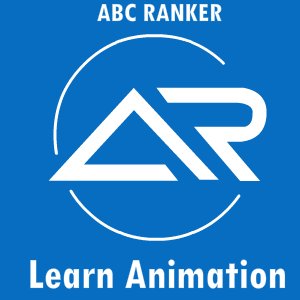What is 2D animation? Step-by-Step guide
2D animation is a traditional form of animation where characters, objects, and backgrounds are created and animated in a two-dimensional space. It involves creating a sequence of images (frames) that are displayed rapidly in succession to create the illusion of motion. Here’s a step-by-step guide to help you get started with 2D animation:
Step 1: Define Your Concept and StoryboardStart by brainstorming and coming up with a clear concept for your animation. Decide what story you want to tell or what message you want to convey. Create a rough storyboard, which is a sequence of sketches representing key scenes or actions in your animation. This will help you plan the flow of your animation.
Step 2: Gather Your Tools and SoftwareYou’ll need the right tools and software for 2D animation. Popular options include Adobe Animate, Toon Boom Harmony, or OpenToonz. There are also free alternatives like Pencil2D or Synfig Studio. Ensure your computer meets the system requirements for the software you choose.
Step 3: Design Your Characters and BackgroundsCreate detailed character designs and backgrounds. You can draw these by hand and scan them into your computer or use drawing tablets to create digital versions directly. Keep the design consistent throughout your animation to maintain a cohesive look.
Step 4: Create KeyframesIn 2D animation, keyframes represent the most important poses or moments in your animation. Draw the keyframes that define the starting and ending points of each motion.
Step 5: Add In-Between FramesIn-between frames fill the gaps between keyframes, creating a smooth animation. Draw additional frames that transition between the keyframes. The number of in-between frames you need depends on the complexity and fluidity of the motion you want to achieve.
Step 6: Digitize Your DrawingsIf you drew your animation on paper, scan the frames into your computer and import them into your chosen animation software. If you created digital drawings, ensure they are in a format compatible with your software.
Step 7: Set the Frame Rate and TimingDetermine the frame rate you want for your animation. Standard frame rates for 2D animation are 24 frames per second (fps) or 30 fps, but you can choose other frame rates based on your preferences. Adjust the timing of each frame to control the speed and pacing of the animation.
Step 8: Add Sound and Effects (Optional)If your animation requires sound, import the audio into your software and sync it with the animation. You can also add special effects or visual elements to enhance your animation.
Step 9: Test and RefinePreview your animation to check the flow, timing, and overall look. Make any necessary adjustments or edits to improve the animation quality.
Also Read Learning 2D animation at home
Step 10: Export and ShareOnce you’re satisfied with your 2D animation, export it in a suitable format (e.g., MP4, MOV) and share it with your audience. Remember, 2D animation requires practice and patience. Don’t be discouraged if your first attempts are not perfect. Keep refining your skills and learning from each project to improve your animation abilities over time.
Learn Animation in Hindi Join Class



